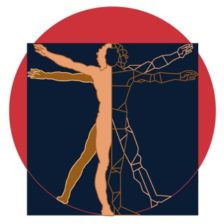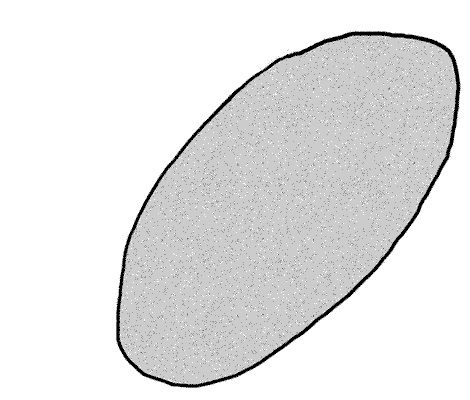There can be no doubt that language and symbolism forms an important part in studies relating to the evolution of cognition hence a great deal of research has been devoted to this. One of the must influential archeologists working on the subject is Francesco d’Errico. In an article written in 2003 entitled “Archaeological Evidence for the emergence of Language, symbolism, and music – An Alternative Multidisciplinary perspective,” d’Errico, together with others discusses their first hand analysis of recent archeological discoveries relating to the field of cognitive archeology. Among the interesting things they have tackled is Neandertal Cognition. The Neandertals were an extinct species of human in the genus homo who were closely related to anatomically modern humans. For a long time Neandertals were thought of to be scavengers, opportunistic hunters whose technology and behavior were considered “primitive” indicating the lack of the use of complex … [Read more...]
Can studying bonobos and stone knapping modern humans provide us answers to questions on the evolution of modern cognition ?
The highly theoretical nature of the field of Cognitive archeology requires it to use various approaches from different disciplines in order to come up with somewhat reasonable theory as a solution to the problems that it seeks to answer. This is but necessary considering that cognitive archeologist could no longer conduct actual experiments on their subjects as they only rely on the artifacts that has been left behind in order to come up with a reasonable conclusion or theory on the evolution of cognition. Seeking to understand the cognition of evolution, most cognitive archeologist rely heavily on an evolutionary framework and some has drawn inferences from their studies of primates, which is said to be modern man’s distant cousin. The logic of this inference is simple. Since evolutionary theory has proposed that man and primates comes from a common ancestor (Which remains to be discovered and is aptly called “the missing link”) it must therefore be logical to conclude that … [Read more...]
The chicken and egg question of the evolution of cognition: A peek into the works of Stanely Ambrose and Thomas Wynn
A pervasive question not only in Cognitive Archeology but also in all sciences using the evolutionary framework is this, when and how did the evolution of cognition take place? This has been the crux of the debate that has been raging since the early beginnings of the discipline. School of thoughts on this matter can be divided into two camps. The first school of thought is where environmental factors are the cause of behavioral and biological evolution, which ultimately leads to cognitive evolution while the second school of thought argues that autocatalytic changes were the major cause of cognitive evolution. Considering the position of the two camps, answering the when and how of the evolution of cognition would be akin to the chicken and egg question. Did environmental factors cause the evolution of cognition or did autocatalytic changes began in the mind and that response to environmental factors merely reflect that which began in the mind already. Such issues are … [Read more...]
The Schlanger alternative: Understanding Cognition through a deeper understanding of the technological processes in the Levallois technique.
What mental processes run in the minds of pre-historic stone knappers when they made stone tools? Do they have already have a mental image in mind when the made their stone tools? Is their design deliberate or is the output merely a response to external circumstances and constraints? How do we hypothesize what goes inside the minds of pre-historic knappers through the stone tools that they made? (Picture courtesy of wikipedia) French cognitive Archeologist Nathan Schlanger has categorized the approaches to the interpretation of stone tools more specifically those made using the Levallois technique as belonging to the “Standard” and “reactionary” claim camps. He defines “Standard claims” as an approach that assumes that the Levallois stone knapper had a clear mental image of the product and the procedure to be realized. In other words this approach assumes a mental “pre-determination” on the design of the stone tool on the part of the stone knapper. The “Standard claims” … [Read more...]
7 Reasons why “The Prehistory of the mind” has been more influential than anything that was written before in the history of Cognitive Archeology.
In 1996, former Cambridge University Lecturer in Archeology, Steve Mithen who also has a Ph.D in Archeology from Cambridge, published a book entitled “The Prehistory of the Mind” with the subtitle “A search for the origins of Art, Religion and Science.” In many respects, this book has been touted as being more influential than anything that is written before in the history of Cognitive Archeology. So what makes Mithen’s book so influential? The following are the reasons why I think this is so: 1.) It is very easy to read - If you ask me for a list of the top five recommended books to read on Cognitive Archeology, the “Pre-history of the mind” would probably be number one on my list. Having read thousand of pages of books and articles on cognitive archeology, this is probably the best one I have come across that is so easy to read. The reason for this is because Mithen intended this to be so. In the preface he wrote “I have tried to write a book that makes evidence from prehistory … [Read more...]




